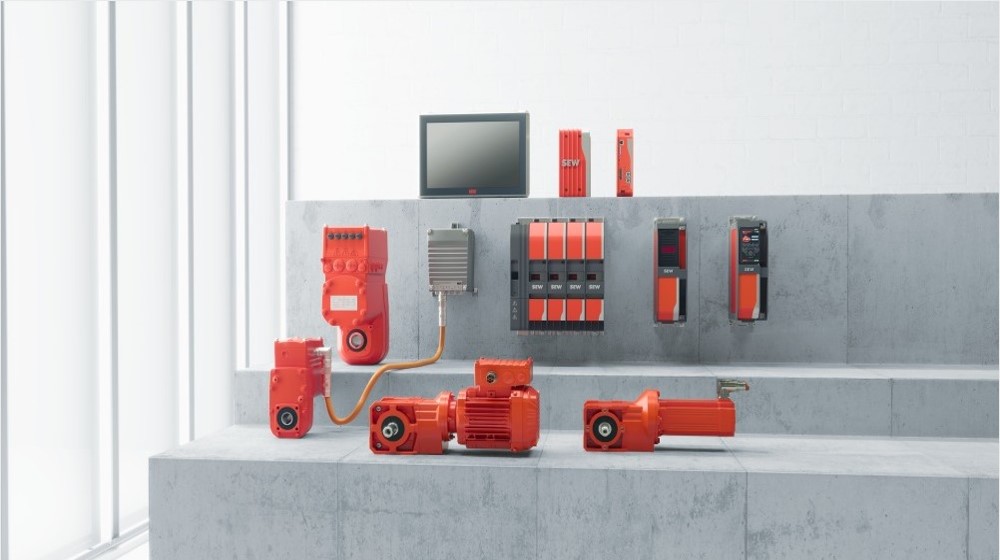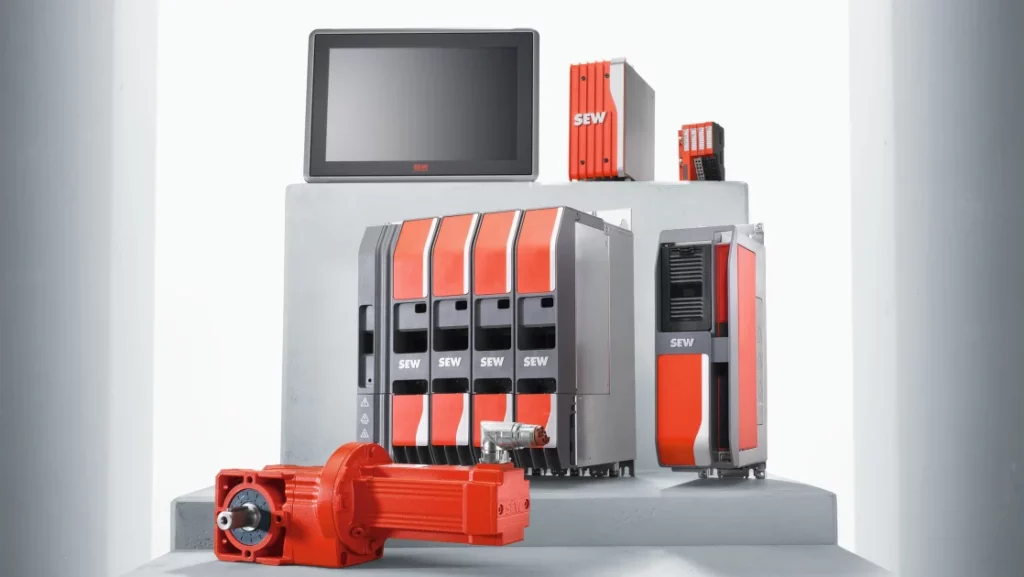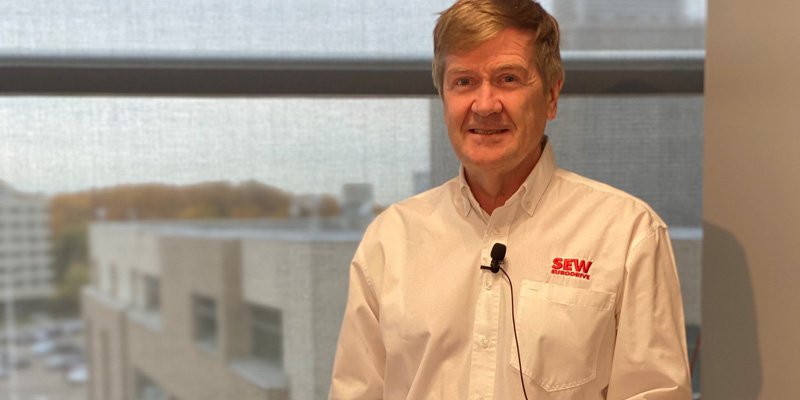Modular platform lowers traditional barriers to automation.
As manufacturing lines get more complex, SEW-EURODRIVE’S modular approach is helping companies simplify their implementation and maintenance processes.

Many Canadian manufacturers hope that 2023 will be the year when the sector recovers to pre-pandemic stability. Few, however, are expecting any relief from the perennial worker shortage. “We’re going to see more and more automation, especially when you look at how hard it is to get labour to help you with your manufacturing processes,” says Shane Carnegie, Electronics Product Manager for automation provider SEW-EURODRIVE. “There’s a definite shortage of labour across North America, and I don’t see that being resolved anytime soon.”
That problem has a longer history in Europe, where SEW-EURODRIVE is based. “A lot of automation machinery is coming from Europe where they’ve always had a problem with affordable labour,” says Carnegie.
Introducing automation, however, can be costly and disruptive. A 2021 joint study of the Ontario Food Industry found that concerns about the costs of implementation delays (64%) ranked nearly as high as the overall concerns about the cost of the technology (67%).
An integrated approach

SEW-EURODRIVE’S MOVI-C® automation platform is designed to reduce barriers to implementation and the costs of ongoing support. The concept behind this is that hardware and software are integrated into interchangeable modules that can be assembled in plug-and-play fashion, simplifying both implementation and maintenance.
Custom control panels are one element that can often be eliminated with this modular approach. “Custom panels that house the controllers are very expensive and take up a lot of resources to implement,” says Carnegie. “You need engineers to design them and do the drawings. Then parts have to be ordered and the panels have to be built.
With this traditional approach, last-minute changes can cause delays and rework. “The old approach is risky,” says Carnegie, “because typically something gets left out, for example, a bypass line for a particular machine, and then there might not be room on the panel to accommodate it.”
With the modular approach, controllers are often located in the field, eliminating the need for large complex panels. Upgrading a production line, therefore, is greatly simplified. “The day is gone where a manufacturer would have to rebuild a whole production line from scratch,” says Carnegie. “Now they have modules that you can swing in and out of the production facility.”
This helps companies with multiple facilities replicate successful implementations in other plants. “One of our customers had a facility in Mexico where a machine was working really well,” says Carnegie. “They were able to use modules to install a copy of the system in another facility, and they were up and running very quickly.”
The approach also helps smaller manufacturers take advantage of automation opportunities. “Smaller companies don’t have really deep engineering strength,” says Carnegie, “so this modular approach makes things a lot easier because you can buy pre-made cables and components and just plug them in.”
A Canadian automation provider, for example, incorporates SEW-EURODRIVE’S MOVI-C® automation platform in its modular system for creating conveyors.
Standardized parts and local support also help minimize costs and reduce service-related downtime. “The MOVI-C® system has made our components even more standardized,” says Carnegie, “so a customer might only need to keep one spare instead of four, and they don’t have to relearn different software routines because those are standardized as well. We also have millions of dollars in inventory at satellite assembly centers around the world.”

Moving Ahead
While automation will help manufacturers ease the worker shortage, Carnegie believes this isn’t about replacing people, but making them more productive. “With automation, you eliminate the jobs where an employee is just a cog in a machine,” says Carnegie. “So, instead of having ten people in one line, you might have those same employees supporting one hundred lines, with one person supervising each. That’s how you see your efficiency going up.”






